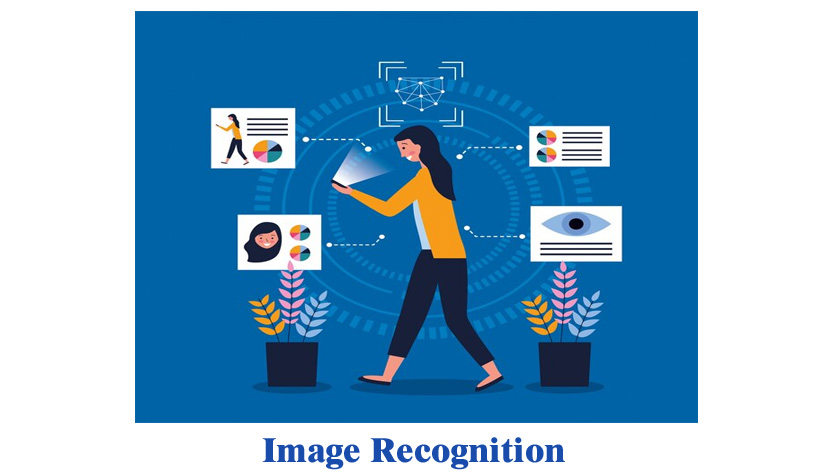Image recognition is a process where computer vision technology will allow machines to identify and recognize objects within digital images. This technology uses machine learning algorithms and artificial intelligence to learn patterns and features in the image to identify them correctly.
The primary aim of this technology is to enable machines to interpret visual data like a human does by identifying and recognizing objects within the images. This technology is used in various applications across various industries, such as healthcare, security, manufacturing, etc.
It helps diagnose medical conditions, enhances the customer experience in retail, Aids security measures, and improves quality control in manufacturing. Apart from this, image recognition will also help in automating workflows and increase effectiveness in various business processes.
This recognition is a process of deep learning and a neural network to work on the process of digital images and understand the patterns and features in the image. Now, this process of picture recognition is broken down into different steps.
The Process of Image Recognition Half the Steps
The initial step in image recognition is collecting a large data set of images. These images are used to train the algorithm to understand patterns and features in different types of images.
The deck step is processing, removing additional objects from the image that will interrupt the recognition process. The algorithm only considers the crucial parts of the object picture recognition.
The following process is the algorithm restarts identifying and characterizing different objects with the help of the patterns and the features in the image.
No algorithm has to recognize the image. It is then tested on a separate database of images to evaluate if it’s accurate. The steps also involve identifying any error or weakness in the model that needs to be addressed. Once the model has been validated, it is deployed to classify new images into relevant categories.

